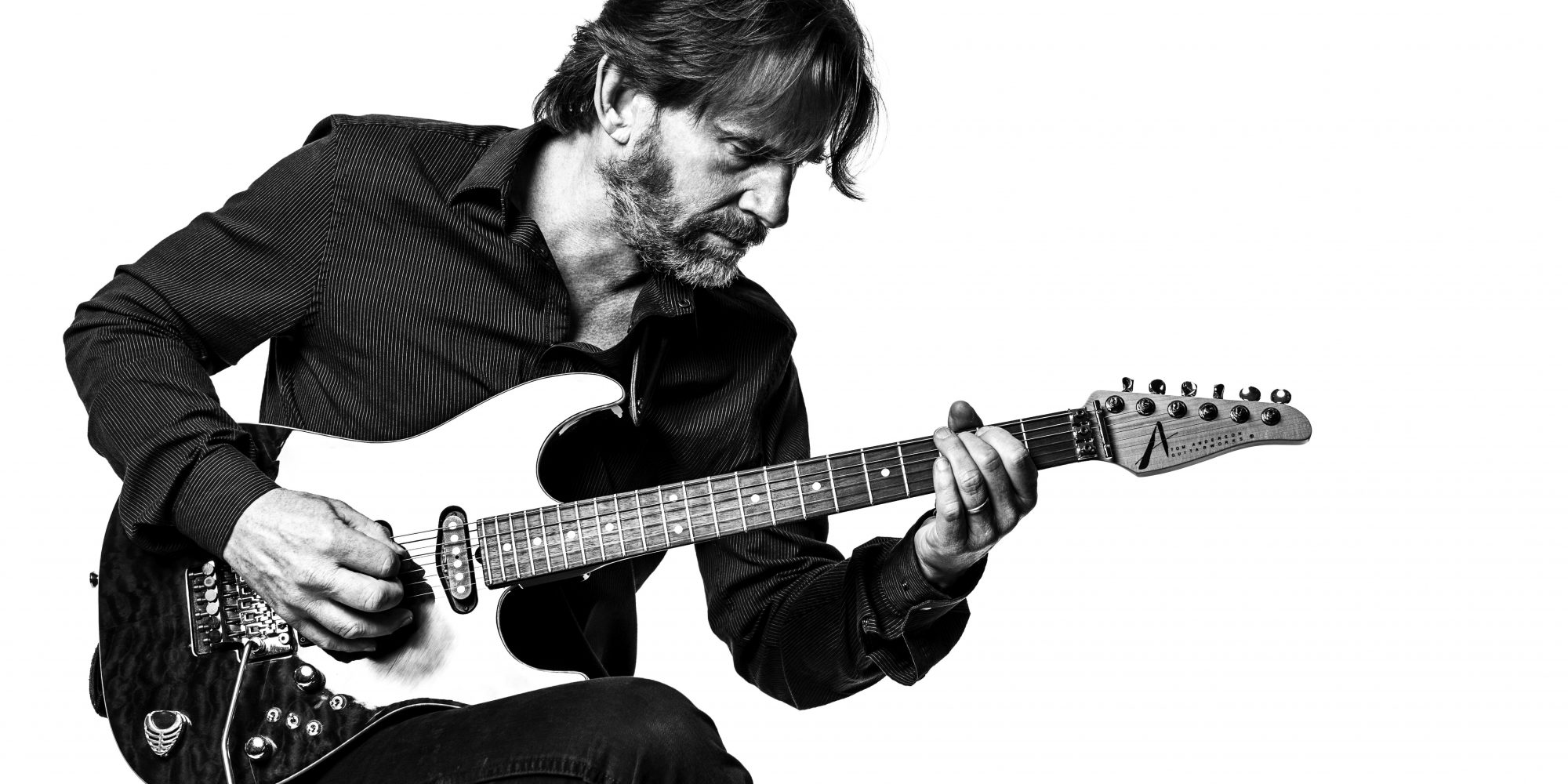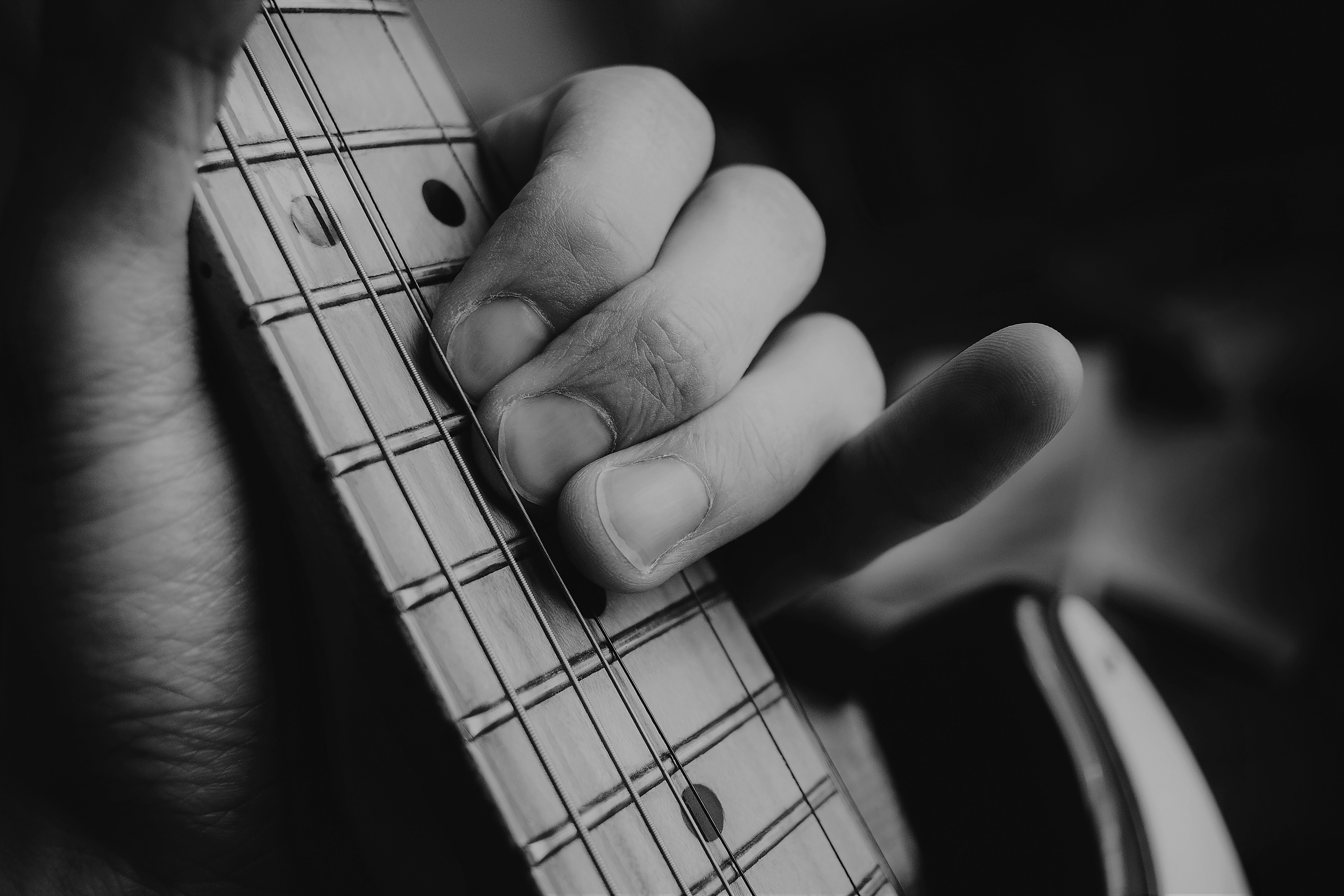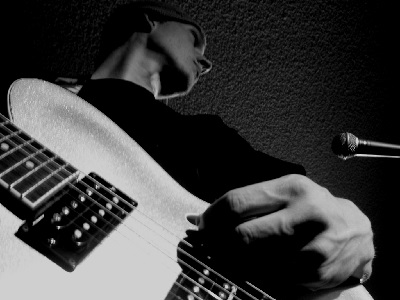Let’s face it, learning scales is hard work; there are just way too many of them, and how do you even know if you’re using the right approach or the right number of patterns? Many guitarists are drawn to the CAGED system for learning scales (and largely unusable chords); once they realize that the CAGED system (not even a system) is for losers and merely filler material for lazy-ass guitar teachers, they move on to the 3-note-per-string (3NPS) system because Satch used it. The CAGED system has five scale patterns while the 3NPS system has seven… sounds like we just shot ourselves in the foot, or did we?
3NPS Redundancy
I like the 3NPS system, but not the way it’s normally taught. Seven patterns are way too many and life is too short. Let’s break it down and see if we can get rid of some of them, as in my humble opinion learning scales using 7 patterns turns it into a technical exercise rather than learning how to improvise, or indeed learning what notes are available, and where they are. By reducing the number of patterns things become more musical and less technical as we’re learning how to cover the whole fretboard instead of mindlessly running up and down scale patterns.
We’re going to be using the F major scale because it gets a little neglected by guitar teachers.
Position 1

Position 1 is nice because it starts on the root note, so your ear gets a feel for what scale you’re actually playing, rather than the crappy CAGED patterns which start on random notes. This one’s a keeper because it covers a big old portion of the fretboard.
Position 2

Position 2 is redundant because of the 18 notes it contains, 12 of them are already covered by position 1 so we can safely scrap this one.
Position 3

Position 3 shares only 6 notes with position 1 so this one’s a keeper. Two positions in and we’ve already covered 95% of the fretboard!
Position 4

Again, don’t bother with position 4 as it only gives us 6 new notes. We’ve already covered the other 12 and we’re not interested in redundancy.
Position 5

Position 5 gives us a few new notes but it’s nothing that isn’t covered by positions 3 and 6 so we’ll ditch this one too.
Position 6

Position 6 serves our purposes and covers the rest of the notes we’ll need to cover the whole fretboard in just 3 patterns instead of 7!
Position 7

Don’t even look at position 7 as position 1 has got your ass covered as it contains 12 notes from position 7.
But my Guitar Teacher Said…
I know, you can blame me but guitar teachers say/repeat a lot of things without questioning the utility or redundancy of the very thing they’re teaching. This is how the CAGED system became so ubiquitous.
But what about the modes?
If you’ve been taught that each pattern of the 3NPS scales series corresponds to a mode then you’ll be studying modes forever. The 7 modes of F major (or any major key) all have the same notes as F major itself, they just start on a different one. Imagine F major as a circle (F, G, A, Bb, C, D, E, F), any of those notes can be your starting point. If you start the scale on A and A is clearly your root then you have A Phrygian; if you start the scale on Bb then you have a Bb Lydian, and so on. The three useful patterns contain all the notes of F major and by default, all of the modes since they are the same notes. Anyway, if you’re interested in learning more about the modes check out our QuickStart Guide to Modes.
Back to the three patterns
So we now have three useful patterns that cover the whole fretboard instead of 7, cutting your workload by over half. You’ll have to work this stuff out in other keys, well just the five other keys that guitarists play in at least. You may need a few open string patterns to tie up the loose ends, which you can work out from whatever pattern falls over the twelfth fret, but these three patterns should be more than enough to cover your ass when soloing.
If you liked this idea and what to take it further and/or have a reference to work from, please download the FREE PDF.



